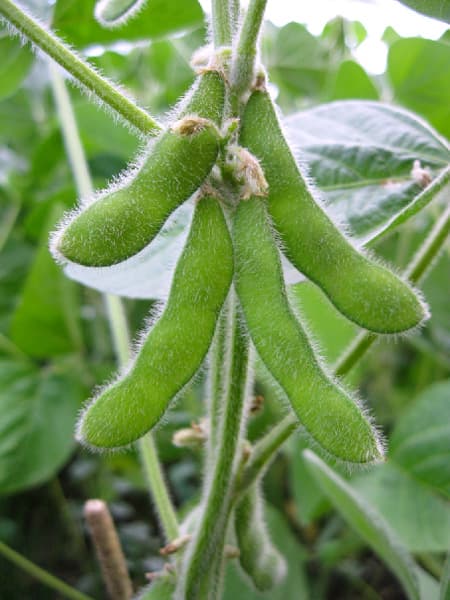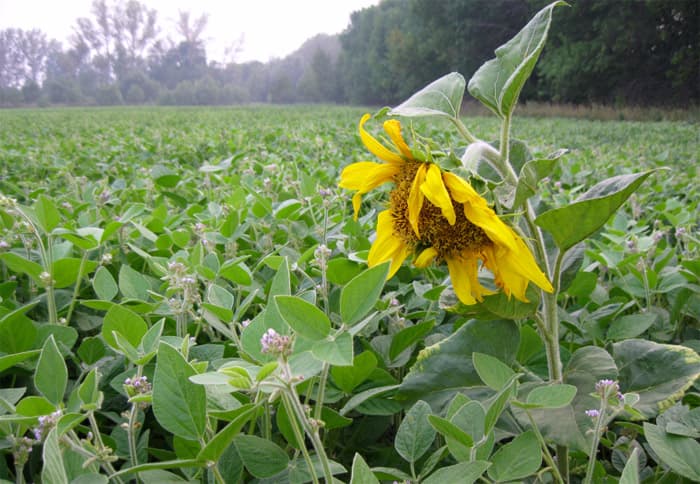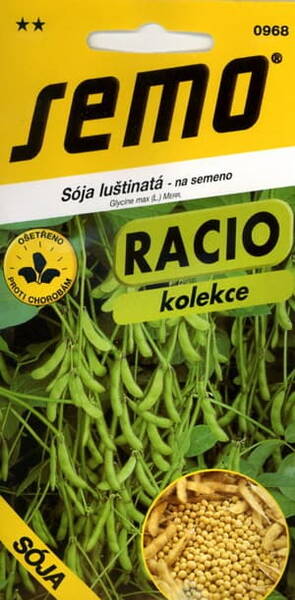Soy belongs to the legume family. It is an annual herbaceous plant with taproot. The stem is hairy, from 15-20 cm to 180 cm high. The flowers are small, almost odorless, white or purple. The fruit is a linear or slightly curved, bicuspid, hairy, single-celled bean. Seeds are oval or spherical (in a bean - 1-4 seeds). Soy is a heat-loving, light-loving short-day crop. Does not tolerate salty, acidic, waterlogged soils.

Soybeans are native to India and China. The age of soybeans is about 7 thousand years, which makes it one of the oldest cultivated plants in the world. Despite the centuries-old history of cultivation in the countries of Southeast Asia, soybeans entered Europe very late. Its first seeds appeared in 1778 in France. Almost a hundred years later, in 1873, at the World Exhibition in Vienna, plants and seeds of soybeans, as well as dishes prepared from it, were shown. Soybeans came to the United States at the beginning of the 20th century, where today it is cultivated on large areas.

Eng.: Soybean. Suom.: Soijapapu. Sven.: Sojaböna. Bot.syn.: Dolichos soja L., Glycine soja Siebold et Zucc. em. Benth. (Glycine soja + Glycine max), Glycine gracilis Skvortsov (Glycine soja ja Glycine max vaheline introgressioon), Glycine max convar. gracilis (Skvortsov) Lehmann, Glycine max subsp. gracilis (Skvortsov) Enken, Glycine hispida (Moench) Maxim., Glycine soja (L.) Merr., Glycine max (L.) Merr. subsp. max, Phaseolus max L., Phaseolus sordidus Salisb., Soja angustifolia Miquel, Soja hispida Moench, Soja japonica Savi, Soja max (L.) Piper, Soja soja Karst.











